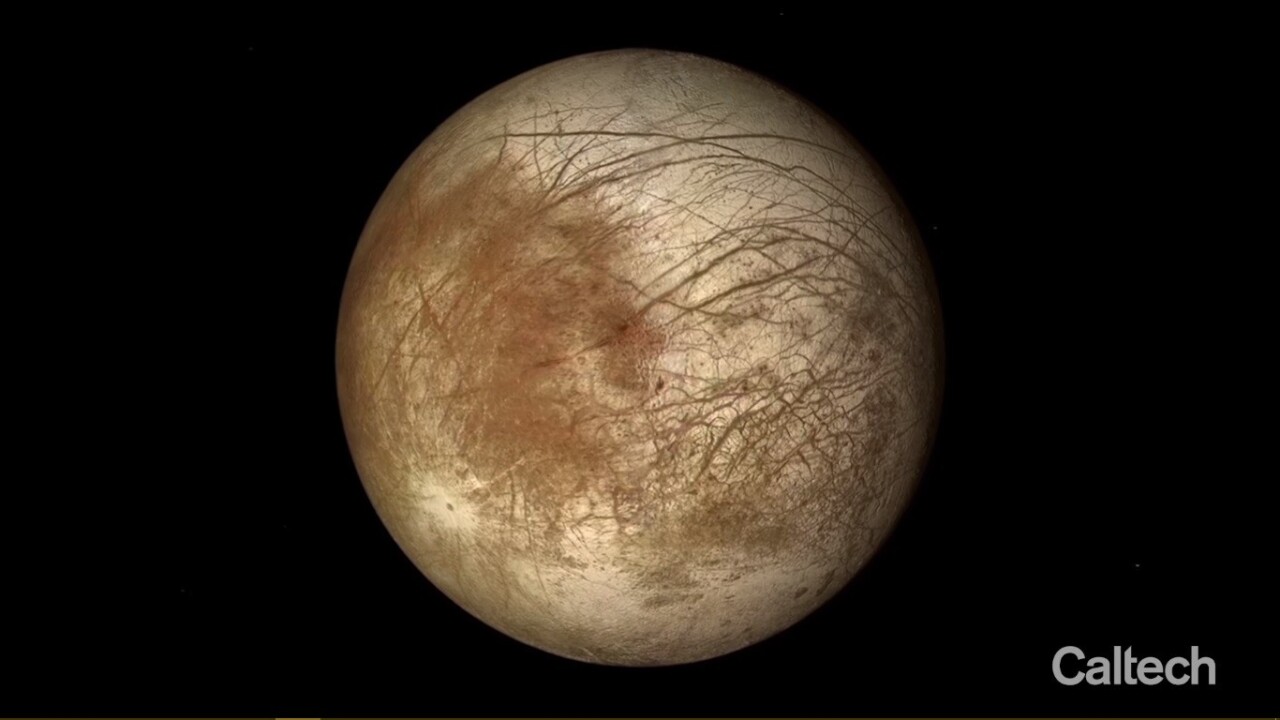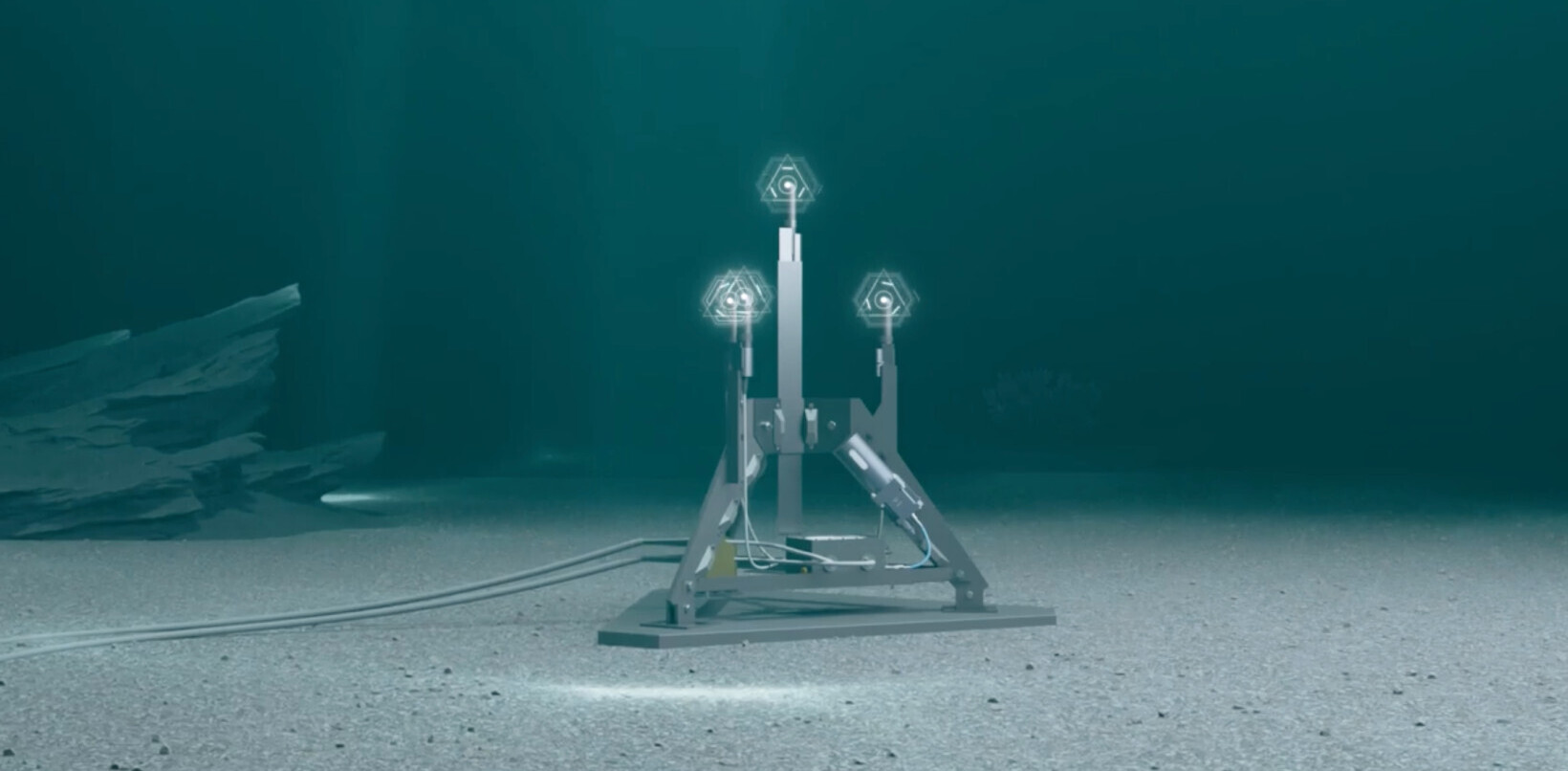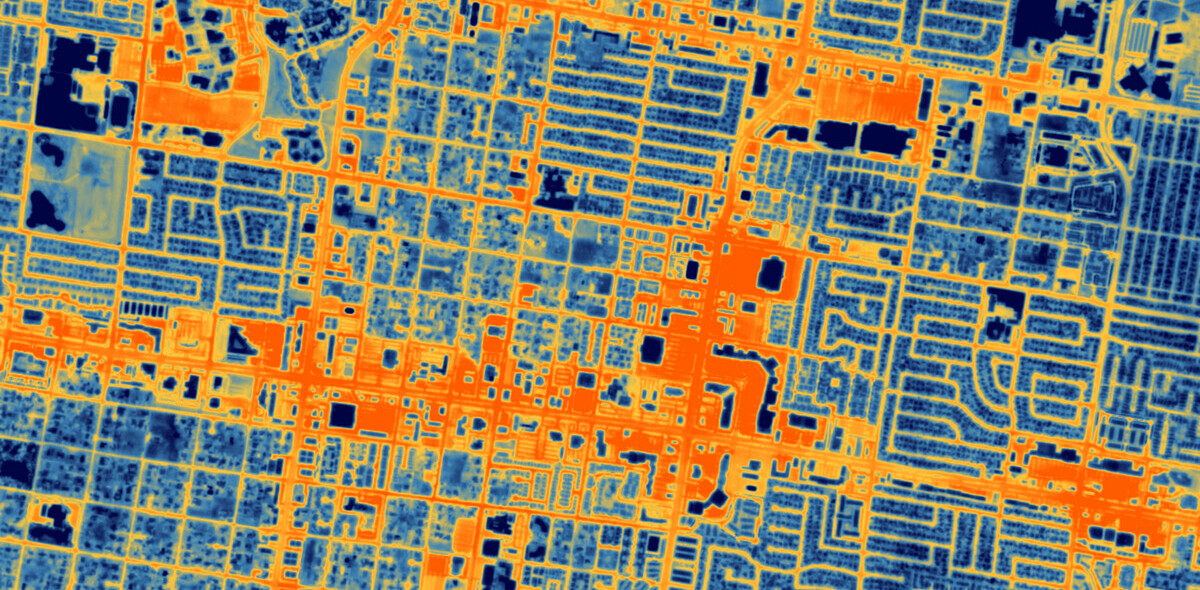
Researchers at the California Institute of Technology (Caltech) are creating a new microscope technology they hope will empirically determine if life exists beyond our planet. The device is called a Digital Holographic Microscope and it’s designed to find microbes in space.
The last time NASA actively searched for life outside of Earth was with the Viking space program in 1976. Since then, there hasn’t been any clear consensus in the scientific community on how best to continue the search. Sure, we’ve spent time and money searching for water on other planets – figuring that was the likeliest place we’d find life. The problem with finding water isn’t locating it, it’s how to determine what’s in it.
There’s no way to ensure any living organisms would make the journey back to Earth if we transport samples, and there’s no way for a scientist to use a traditional microscope to examine samples in space. Enter the Digital Holographic Microscope. This device presents a new approach to a decades-old problem: instead of using lenses to focus on objects, it uses a laser to show 3D-movement in microscopic particles. That movement is then analyzed to determine if it’s random, like that of a non-living object — or purposeful, like that of an organism.
The device has no moving parts, making it ideal for a space mission where repairs would be unlikely. The researchers have a pretty specific goal in mind: one of the moons of Saturn named Enceladus. The moon has an icy shell that features giant geysers that send vapor into space, potentially scattering microorganisms throughout the cosmos. The Digital Holographic Microscope that Caltech is devising should be able to search vapor from one of Enceladus’ plumes for living microbes.
The scientists have tested the device in the Arctic, with plans to test in even harsher environments such as the South Pole. Professor Jay Nadeau, of Caltech, says:
We’re trying to design the parameters of such a microscope that can maximize our ability to see life on Earth. Because if we can maximize our ability to see life in all the possible extreme environments of Earth then we can be pretty confident in our ability to come as close as possible to being able to address this on other planets.
The research being done at Caltech is an example of how microscopic ideas may one day change our big picture view of the entire universe.
Get the TNW newsletter
Get the most important tech news in your inbox each week.



